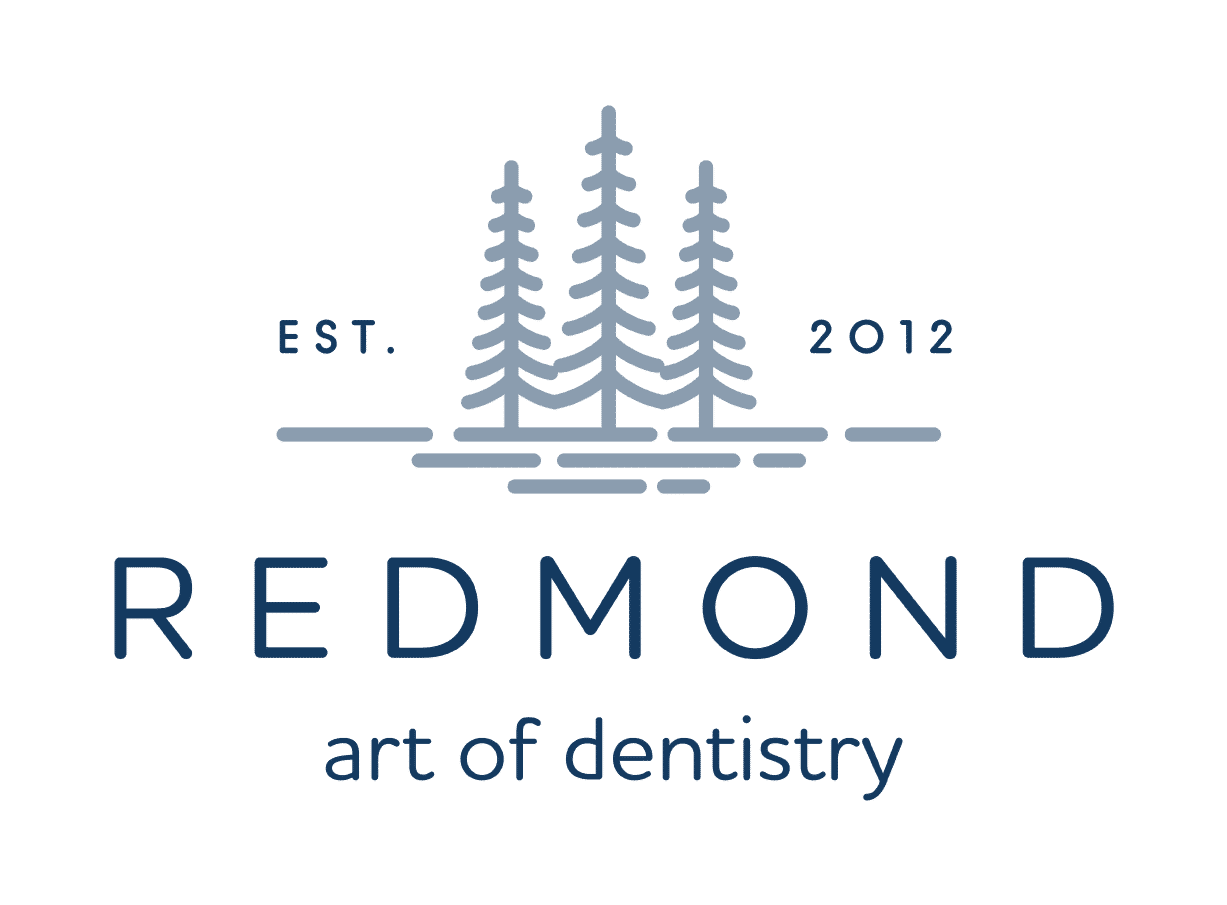Gum Disease Treatment For A Healthier Smile
Scaling and root planing are also referred to as a deep cleaning. It is one of the most effective ways to treat periodontitis and gingivitis before it becomes severe. Scaling is the process of removing calculus and plaque from the root and tooth surface, while root planing is the process of smoothing out any irregularities of the root surface, making it harder for bacteria to attach to its surface. Because it is a deep cleaning, Dr. Bickel may need to use a local anesthetic to numb the area for comfort. Instruments we commonly use for scaling and root planing include hand instruments to remove the calculus and the use of ultrasonic. What our team hopes to accomplish after scaling and root planing is a pocket reduction, healthier gums and periodontium, and the complete removal of irritating factors (plaque and calculus).
The Deep Cleaning Process
- You may receive a local anesthetic to numb the area before the procedure.
- Scaling is done to remove calculus and plaque from the tooth and root surfaces.
- Planing is done to smooth the tooth roots and remove pockets that collect the bacteria that cause gum disease.
- You may be sensitive for a few days after treatment, so follow Dr. Bickel’s aftercare advice to stay comfortable and heal quickly.


Common Signs Of Periodontal Disease
Periodontal disease has a number of different signs and symptoms. The first stage of periodontal disease is called “gingivitis” and usually has relatively minor symptoms, including:
- Dark, reddish, or purplish gums
- Persistent bad breath (halitosis)
- Bleeding while brushing or flossing
- Gums that are tender to the touch
- Gum recession, causing your teeth to look longer
Gingivitis is completely reversible and does not cause permanent damage to your gums or teeth. However, if you do not get proper treatment, it can progress into a case of advanced periodontitis which causes more serious, permanent damage to your teeth. Symptoms of a more advanced case of periodontal disease can include:
- Loosening of the teeth
- A change in your bite or how your teeth fit together
- A foul taste in your mouth
- Pus building up between your gums
- Gums bleeding, even when you’re not brushing or flossing
How Does Scaling & Root Planing Help Treat Gum Disease?
Scaling & root planing removes bacteria, plaque, and tartar that are below the gum line, and cannot be removed by brushing or flossing alone. This helps address the cause of your gum disease and eliminates harmful oral bacteria. Once plaque, bacteria, and tartar are removed, your gums and teeth will become healthier.
Minor cases of gingivitis can often be completely reversed after scaling and root planing, while more advanced cases of gum disease may require multiple appointments, as well as antibiotics and other such treatments.


What Should I Expect During Treatment?
During treatment, you may or may not need to numb. This often depends on the severity of the periodontitis and if the patient has sensitive teeth. Depending on the severity of the plaque and calculus, it may take one to two appointments to remove everything.
The scaling and root planing procedure consists of “scaling” between the gums with special dental tools to remove plaque and tartar, then “planing” the roots of your teeth to eliminate pockets of bacteria. This process smooths out your tooth roots to prevent further infection.
What Should I Expect After Treatment?
If anesthesia is used, your gums, tongue, and lip may be numb for the next hour or two. Scaling and root planing typically cause little to no discomfort. For the next day to a week, you may notice that your teeth are more sensitive to hot and cold stimuli. This is normal and will progressively decrease over time. Your gums will become healthier, pinker, and less sensitive.


Aftercare & Foods To Avoid
To keep your mouth healthy and prevent the need for another deep cleaning, it’s important to brush twice per day, floss once per day, and visit our office for regular six-month cleanings and checkups.
In addition, your teeth will be relatively sensitive and tender for up to 48 hours after your treatment, so it’s best to avoid certain foods, such as:
- Hard, sharp foods: Foods like popcorn and chips can break into small, sharp pieces that may irritate your gums and make them feel tender. It’s best to avoid these foods.
- Foods that get stuck in your gums: Foods like dried fruits, chocolate, taffy and other sticky food that may get stuck in your gums should be avoided.
- Acidic or spicy foods: Acidic and spicy foods can irritate your gums, so you should avoid heavily acidic foods like citrus fruits and tomatoes, as well as spicy food for a few days after your procedure.
Does Scaling & Root Planing Work?
Scaling and root planing work to remove the stimulus (plaque and calculus) causing the gum disease. The patient still needs to have meticulous at-home care, including brushing and flossing two times a day to prevent plaque and calculus from attaching to the teeth. Contact our office today to schedule a consultation!


